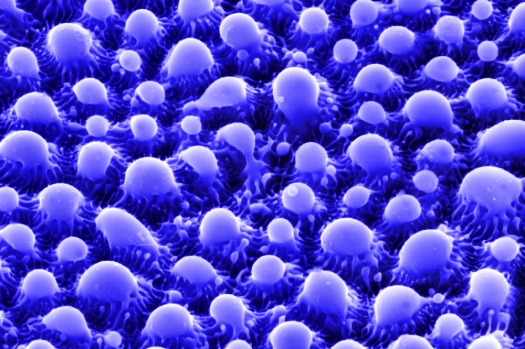NSF awards $15 million to Penn State Center for Nanoscale Science

The Center for Nanoscale Science, a National Science Foundation-funded Materials Research Science and Engineering Center (MRSEC) at Penn State, has been awarded a six-year, $15 million grant to continue research on materials at the nanoscale.
The Center focuses on nanomaterial synthesis and fabrication, complex oxide thin films, nano- and micro-motors, low-dimensional electronic nanostructures, and integrated optical metamaterials. These areas often involve the use of novel compound semiconductors.
MRSECs are funded to support materials research that would be beyond the scope of one or a few investigators. By funding long-term multi-investigator projects, NSF promotes an interdisciplinary approach to address fundamental problems in science and engineering. In Penn State's Center for Nanoscale Science, four distinct interdisciplinary research groups (IRGs) will develop new classes of materials through predictive modeling, newly developed methods of synthesis at the nanoscale, and advanced methods of testing and characterising materials and devices.
The four topics to be addressed include designing functionality into a class of materials called layered oxide ferroics, which can change shape in response to electrical signals and could be used for tunable microwave devices, energy storage, piezo-transistors, and high- temperature magnetoelectrics; high-pressure enabled electronic metalattices that can squeeze electrons into new forms of behaviour for solar cells, light-emitting devices, and improved thermoelectrics; electrically and optically active particles organised into materials that guide light and electrons to create lasers, tiny antennas, and the building blocks for next-generation computer vision; and new types of autonomously powered nano- and micro-motors that can sense their environment and react in a collective fashion that mimics living microorganisms.
"Thirty seven faculty members across seven departments and three colleges at Penn State, plus eight faculty members at partner institutions around the world will join their diverse backgrounds in pursuit of these ambitious goals," said Vincent Crespi, director of the Center for Nanoscale Science and Distinguished Professor of Physics, Chemistry and Materials Science and Engineering. "The Center for Nanoscale Science also supports high- risk, high-reward seed projects from faculty across the University. Seed projects have continuously rejuvenated and redirected the mission of the MRSEC."
Projects sponsored by industry partners build on and extend Center research in each of the four IRGs, with sponsored projects contributing around $500,000 annually. Research in the Center has resulted in more than 450 publications and patents since 2008, when the previous group of IRGs was funded.


































